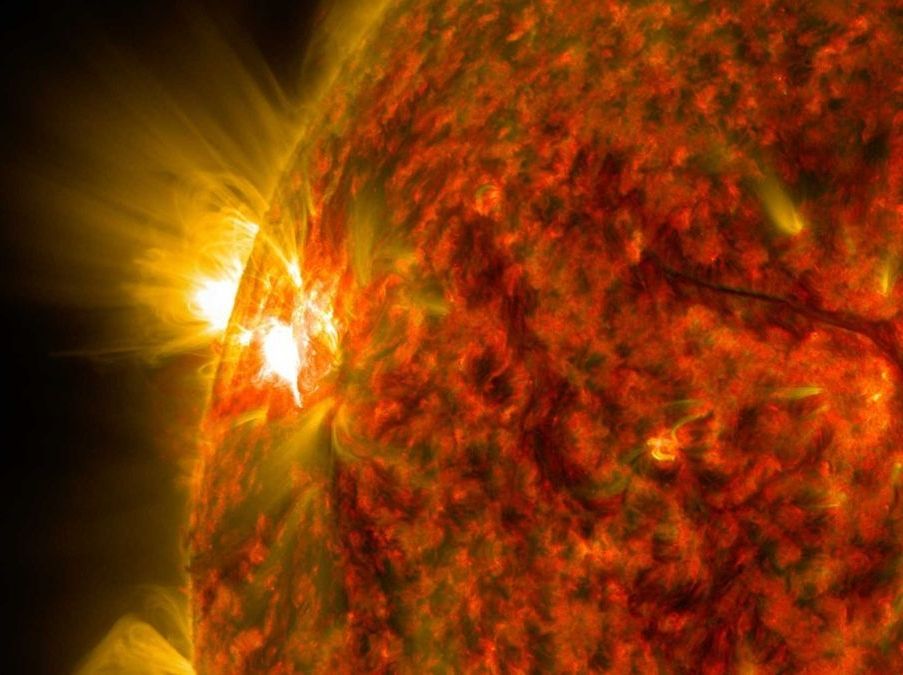Click on photo to start video.
Here’s how AI could end up writing novels in the next 10 years, according to a computer scientist.

Be sure to check out Ruby® Receptionists. They are the only virtual receptionist service dedicated to creating personal connections with your callers—building trust with every call and increasing the likelihood you’ve secured a customer for life. Why not stabilize your receptionist position with an outstanding virtual service. You can also try out Ruby® Receptionists and save $75 off their first full month’s invoice by clicking on the link!
https://bit.ly/2lDMR0T
“Artificial Intelligence is not just a large part of a technological revolution, it’s a major part of a human evolution of going beyond the limits of an environmentally programmed human biological operating system.”
Is Facebook And Social Media Psychologically Destroying This Generation?
Is-Facebook-And-Social-Media-Psychologically-Destroying-This-Generation
Are People Merging Into And With Their Smartphones?
Steve Jobs: Secrets of Life
Check out this amazing video, from Andy Grove Co-founder of Intel in a 1999 Interview talking about technology and human intuition.
This podcast is from my article called, The U.S. Economy is Built on a Foundation of Sand.
While many Economists, are saying that the U.S. economy looks great and has a forward momentum, I’m going to take a different tone. Not a pessimistic tone but a realistic view based upon facts and my futurist intuitive insight.
Here are all the links for this podcast
Tesla is going to cut about 9% of its global workforce
https://www.wsj.com/articles/tesla-cutting-about-9-of-global…1528827145
McDonald’s layoffs as it restructures and streamlines management
http://www.nrn.com/quick-service/mcdonald-s-layoffs-tied-res…operations
IBM layoffs at Watson Health



Why cant they just put the groceries in the car and let it drive itself there and back.
In partnerships with five companies, including Walmart, Autonation and Avis, Waymo autonomous vehicles will pick up customers and drive them to various locations in the Phoenix area. In some cases, customers will be offered savings or deals in order to be shuttled around in Waymo vehicles.
“We’ve tailored our partnerships to meet the top rider needs; in fact, the partnerships below represent eight of the top ten activities our riders do when they get in a Waymo,” the company wrote in a blog post announcing the partnerships.
Here are the company specific rides Waymo will be providing customers:
Airbus aims to keep this plane aloft for four months at a time…

Universal basic income is a generous idea in principle, with clear benefits to society. However, the question of how to pay for it remains an enigma. While some propose taxation, others think we should use the booming space trade to benefit us all.
Universal basic income is the idea that every citizen should receive an amount of money from the government to meet their needs, regardless of age, race, gender, or even need. It has been billed as a solution to a variety of current and potential societal problems, including AI automation, poverty, and people losing the ability to allocate their own time.